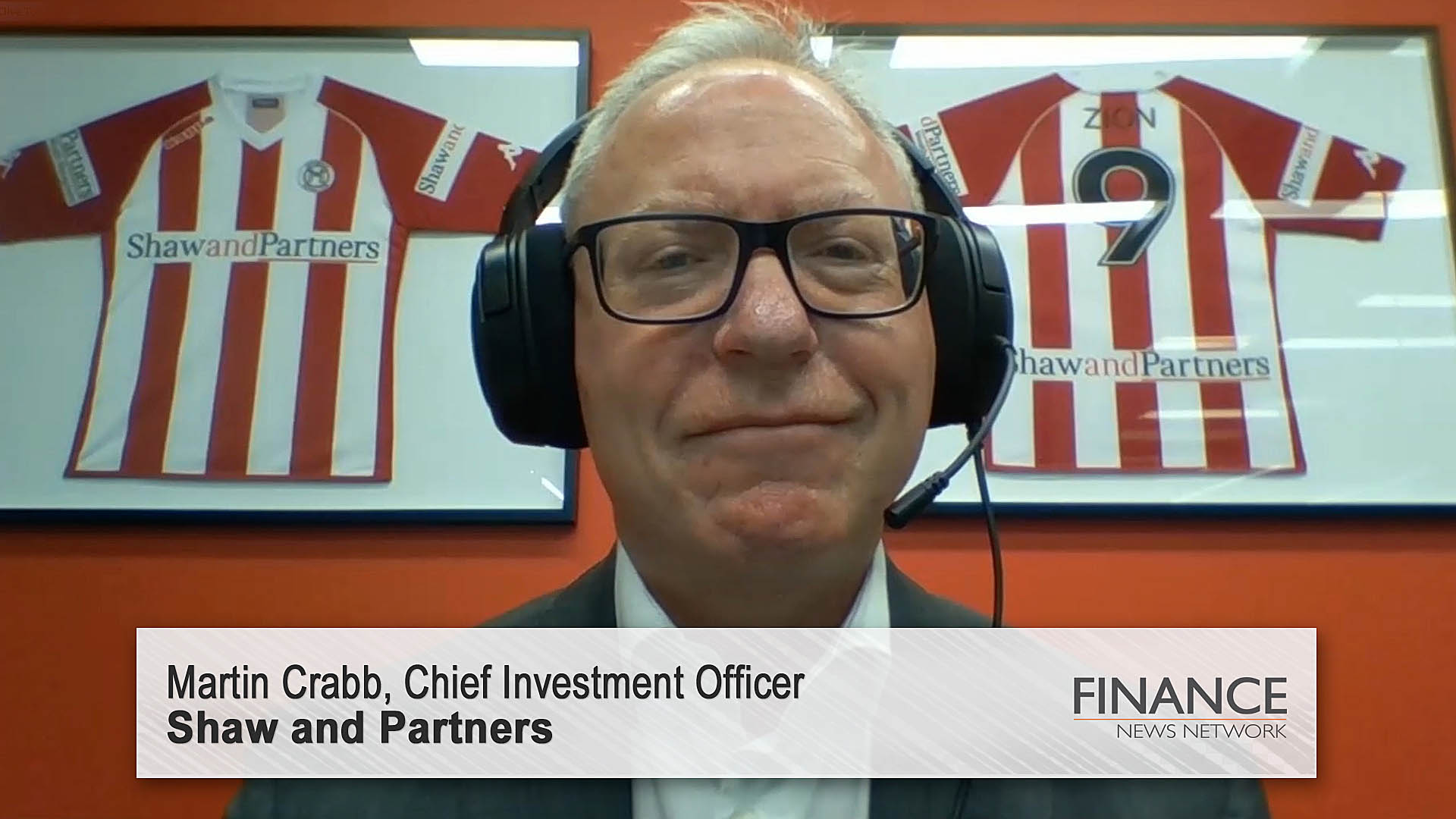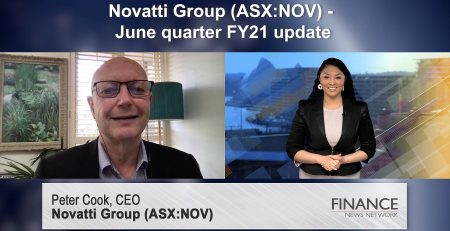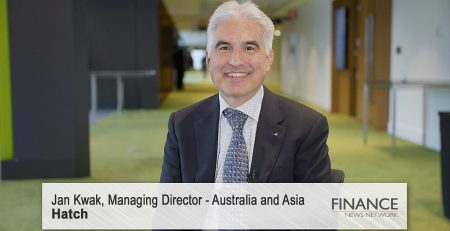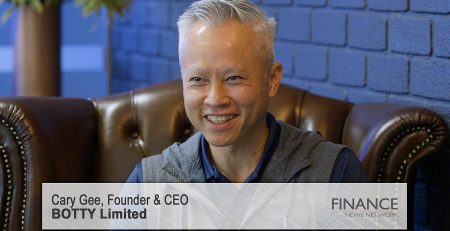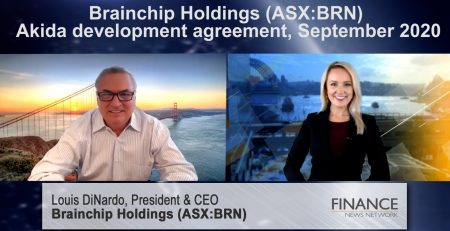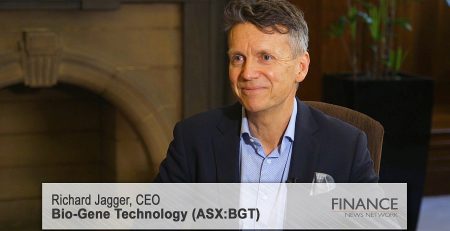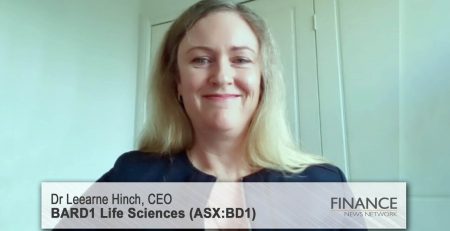Market update with Shaw and Partners, December 2020
Shaw and Partners Chief Investment Officer Martin Crabb discusses the market's record November month, expectations for 2021 and portfolio structuring.
Thank you, Clive. And welcome everyone. Looks like another cracking line-up of companies. Some interesting names in there. So, stick around for what should be a good session.
So, as Clive mentioned, Shaw and Partners are proud event partners with FNN on these calls. So, once a month or so, they drag me out and shove me on stage and ask me to talk about markets, which has been challenging this year, as you can probably imagine. Logical at this time of year to be probably looking across the holiday season into what 2021 looks like. And we can start putting the build-up for that together now, in terms of a lot of uncertainty has been put behind us in terms of political issues and medical issues and so forth, which has really made 2020 such a tricky market to navigate.
So, obviously, before we do that, let's just look at where we've come from. So, particularly in November, what a month. Record month for the Aussie market. I think the best returns since Clive was in short pants. This was a while ago. I think 10.2 per cent return for the ASX100, and if you were in the emerging companies, a lot of whom are talking today, for example, more like 12, 12.5 per cent returns. Which very few people would have predicted that sort of number for a month, let alone a year or over two years.
In fact, I went to a fund manager presentation yesterday, which was long-term capital market assumptions, and they've been doing this for 25 years. And they've got long-term bonds doing 2 per cent per annum going forward and equities doing 5 per cent per annum going forward. So, that's the sort of environment that longer-term investment thinking gives you. We had 12.5 per cent from emerging companies in one month.
So, I think, in that regard, November was quite spectacularly good. And as night tends to follow day, unlikely that December and January, etc, will be anything like as strong as that. In fact, what typically happens when you have such a huge run in markets is you do get some sort of reversal because people just get a bit ahead of themselves.
So, that's a little bit of a backdrop for what we expect into the early part of 2021. But if you stand back and look at the building blocks of equity market returns, so what's driving equity market returns. The key issue is earnings. So, what's the earnings outlook for 2021? And taking into account that the market is discounting the future, it will be worrying about what's happening in 2022 as we move into 2021. The market tends to look forward somewhere between 12 and 18 months in terms of making its mind up on the trajectory of earnings. And that looks really good at the moment.
We're in the middle of the AGM season. Companies are out talking to investors. There's a number of investor days on at this time of year as well. And the news is pretty positive. Most companies that are updating investors are seeing a good response. Earnings are better than expected. A lot of companies used the crisis to re-base the cost structure of their business. A lot of companies had the management teams taking pay cuts because we really didn’t know have bad things were going to be back in March and April. So, a lot of companies moved quickly, reset their cost structures. And obviously, the economy is a lot better than people thought. Particularly in Australia, our retailers are doing pretty well. So, unless you're in those really COVID-affected industries, a lot of companies have actually got better numbers than they thought they were going to have.
So, we're seeing an upgrade to the earnings outlook right across the board. And that's likely to continue into 2021. Analysts are still very cagey in terms of what they think companies can earn in profits next year, and so they're erring on the side of caution, which is atypical for analysts. I mean, I've been an analyst researching companies as well myself, in the past, you tend to be overly optimistic, not overly pessimistic, because you sit down with a CEO and they tell a good story and you tend to bake that into your numbers. So, we've probably got a rare period of time when we've got analysts actually upgrading earnings for next year. So, that's going to be really good for equity markets.
The second thing really around what's driving markets is the PE ratio or the discount rate that you use. And that's a construct itself of risk-free rates. So, what sort of return you can get on cash or bonds, the growth that you're going to get from those earnings, which we've just discussed, and then the third part is really the risk premium. So, how much extra return do you want for equities to take into the fact that there's uncertainty in the dividends and the cash flow that's coming from those?
So, we've seen, obviously, a big spike in risk at the early part of the year during the coronavirus, but pretty much since then it's been coming down. Equity volatility is still quite elevated at 20 per cent, but it has been historically even lower than that. So, we think that going forward, you think, "Well, okay, if that risk premium is going to continue to come down, people will pay more and more for equities because they can get that growth and also that dividend or cash flow income."
So, the reason that's going to continue to come down is just the massive amount of stimulus that's in place. The Australian GDP numbers came out this morning. They surprised to the upside at 3.3 per cent growth versus consensus of 2.5 to 2.6. So, the economy's better, but inherent in that was a savings ratio. So, the savings ratio is 18.9 per cent at the moment, which means Australian households are saving almost 20 cents on the dollar. Now, that is unheard of. So, if you like, that's quite a lot of stimulus that's potentially going to come into the economy and come into spending as we go forward.
As we're coming out of lockdown, we can travel now. We should be able to start going to restaurants and theatres and things like that again soon. So, we'll start to see people spending a lot more money than they have been. So, that's a really good story for Australia. There's a similar phenomenon in America as well, where a lot of the stimulus cheques have been put in the bank, and there's hundreds of billions of dollars of household deposits earning little or no interest which is going to find its way back into the economy and back into the stock market.
So, even though we've had a fantastic November and we're unlikely to see share price growth at that level, we still remain pretty positive on equities going forward. So, in a portfolio setting where you're at maybe a 60/40 portfolio, so a 60 in equities and 40 in bonds, we'd be favouring a slightly higher equity weighting. So, maybe 65/35 or 70/30 in those portfolios. There's just not a lot of reason to be in fixed-income investments at the moment where you're only getting a small yield, maybe a 1 or 2 per cent yield, and the potential for long-term interest rates to rise and hurt your capital.
So, equities are the place to be. The market itself looks reasonably fully valued. So, you need to be a stock picker, which is really what today is all about. So, spend the time, talk to management, understand the businesses, see if you can find one that's doing better, and invest actively. So, with that message and seasons greetings to everyone, I'll hand it back to you, Clive.
Ends
Copyright 2020 – Finance News Network
Source: Finance News Network

